Chapter 1 What is Economics ? Overview What
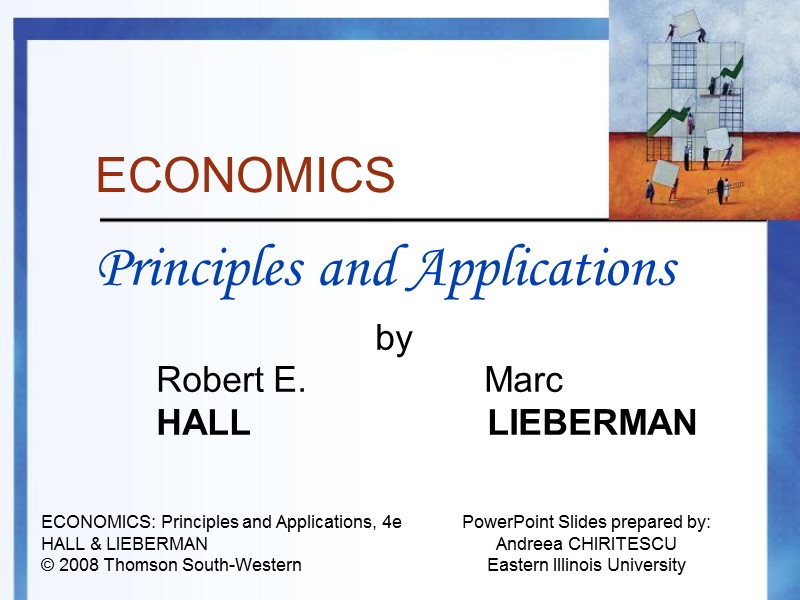
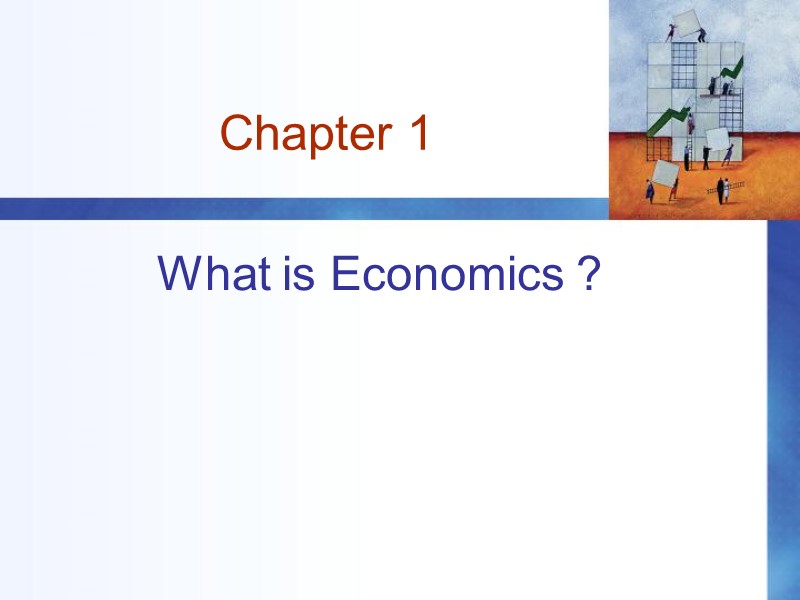
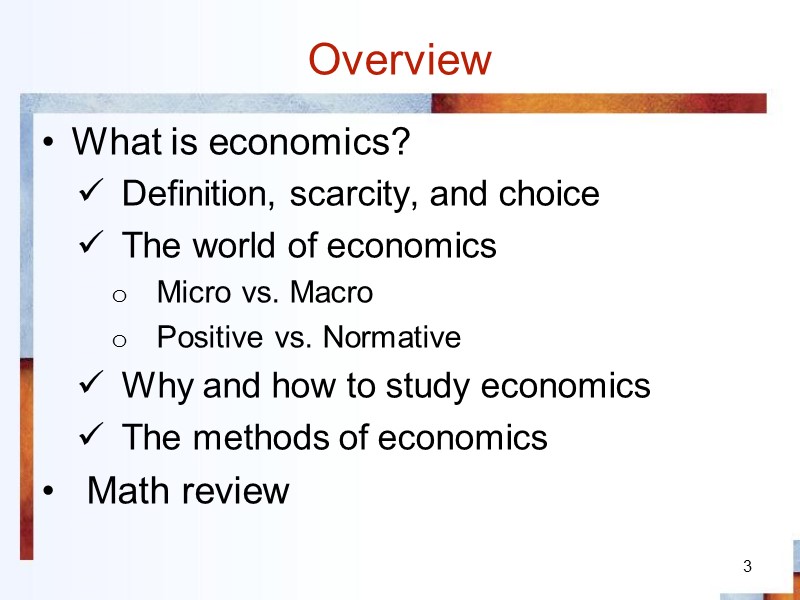
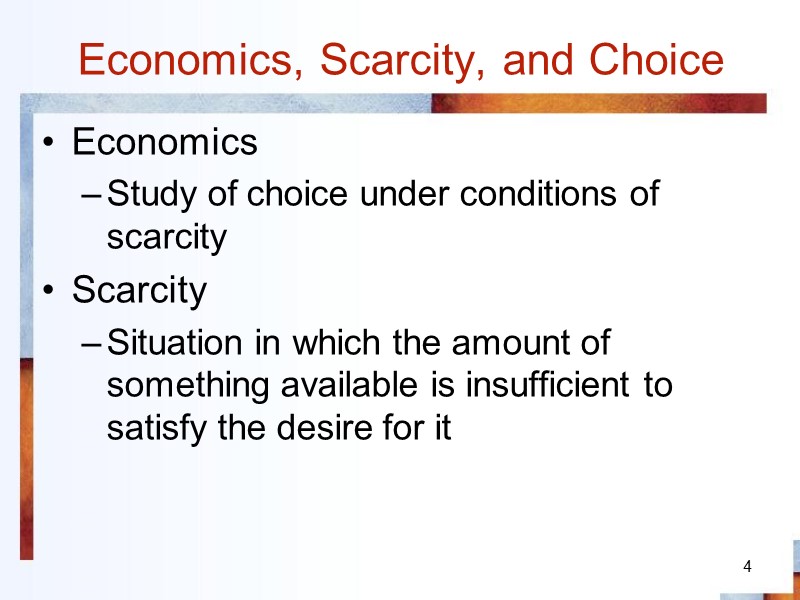
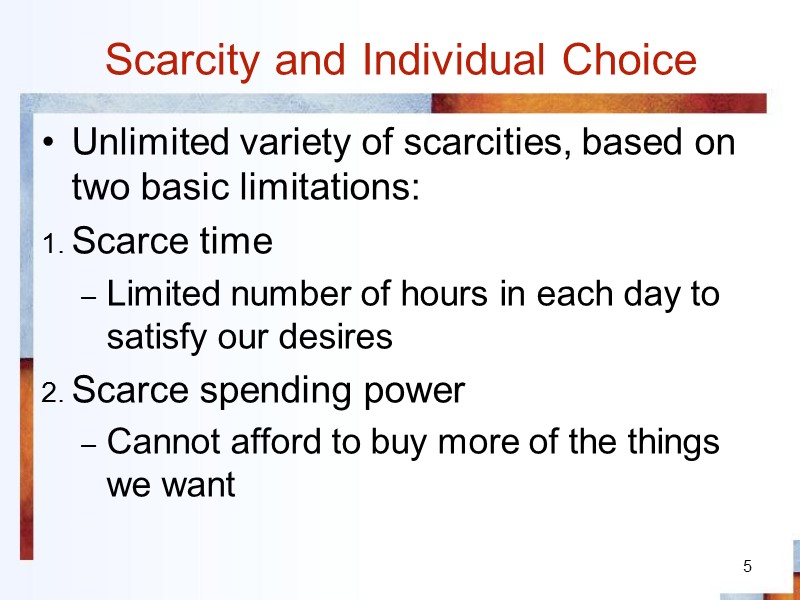
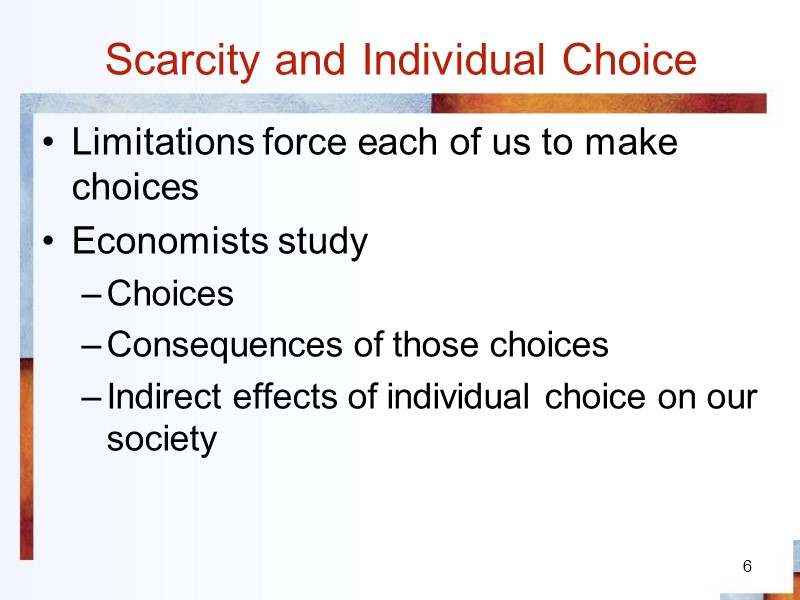
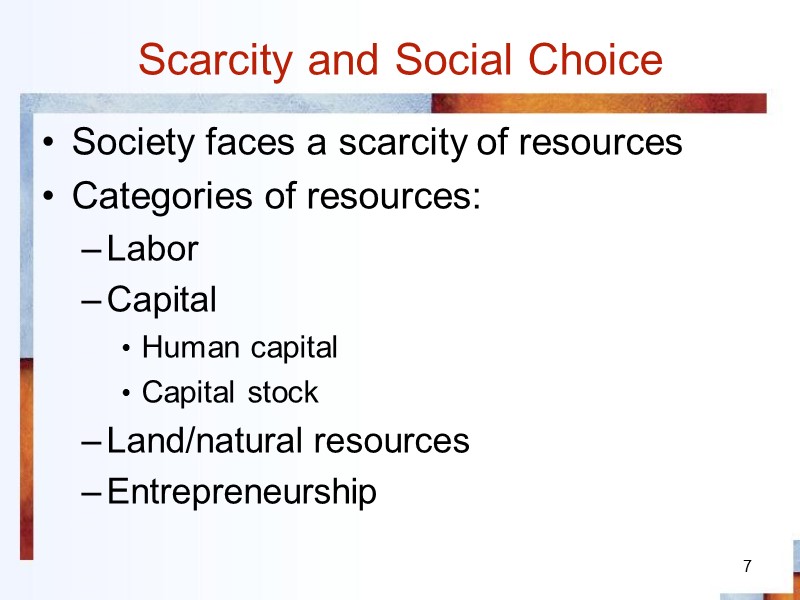
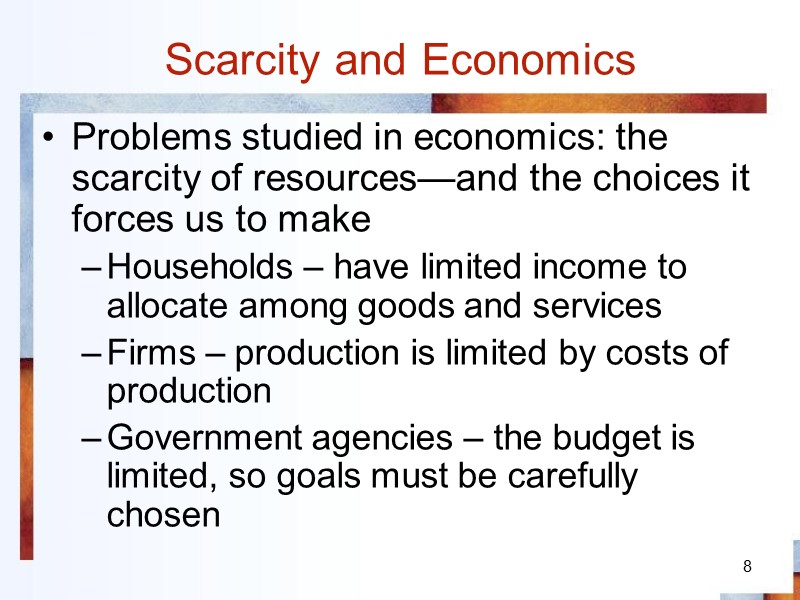
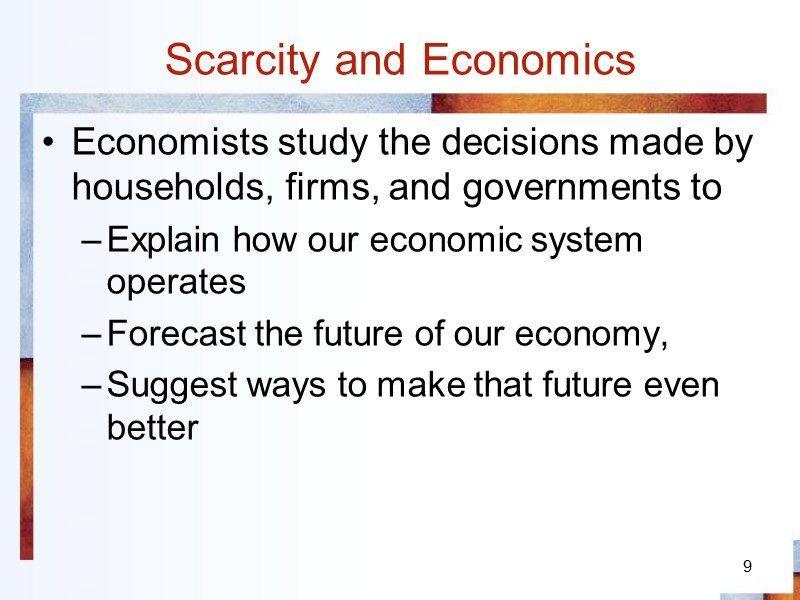
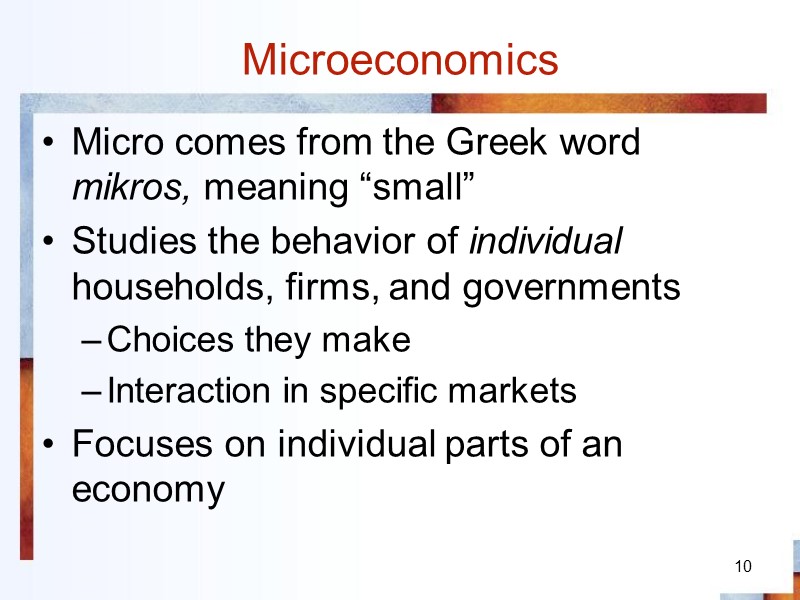


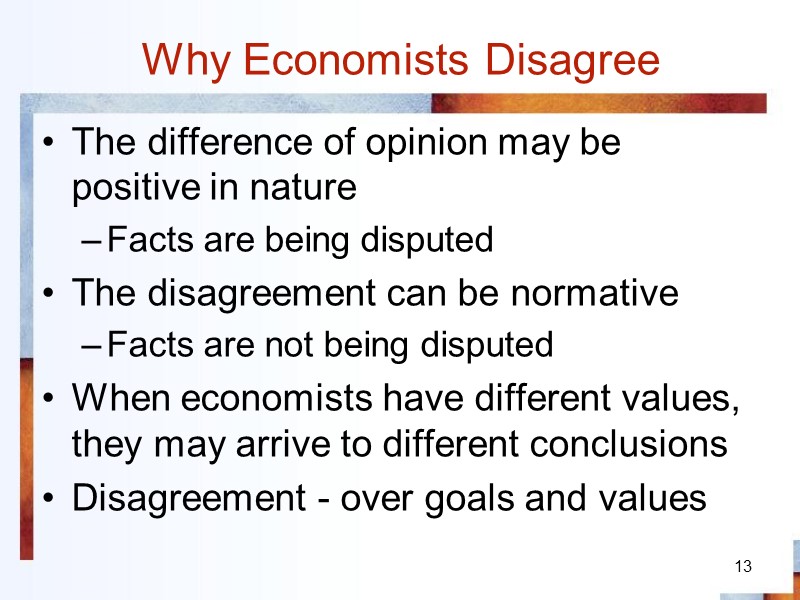
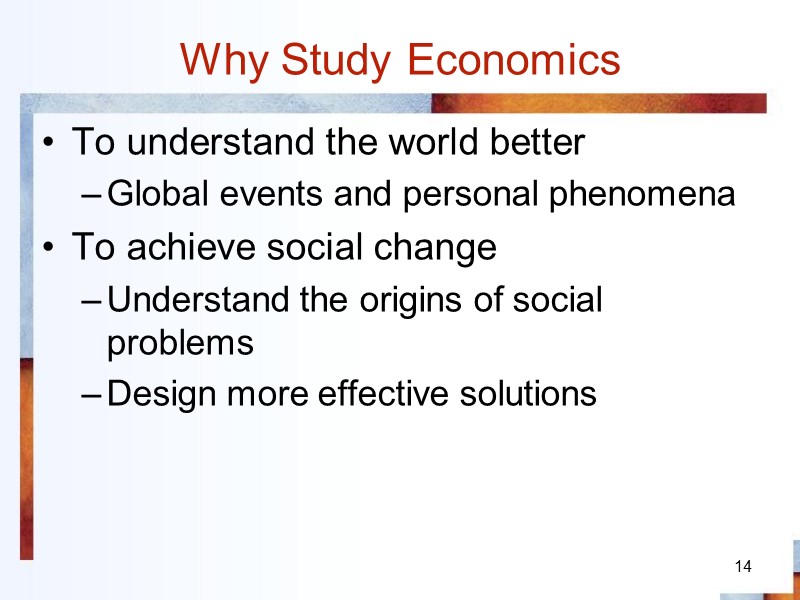
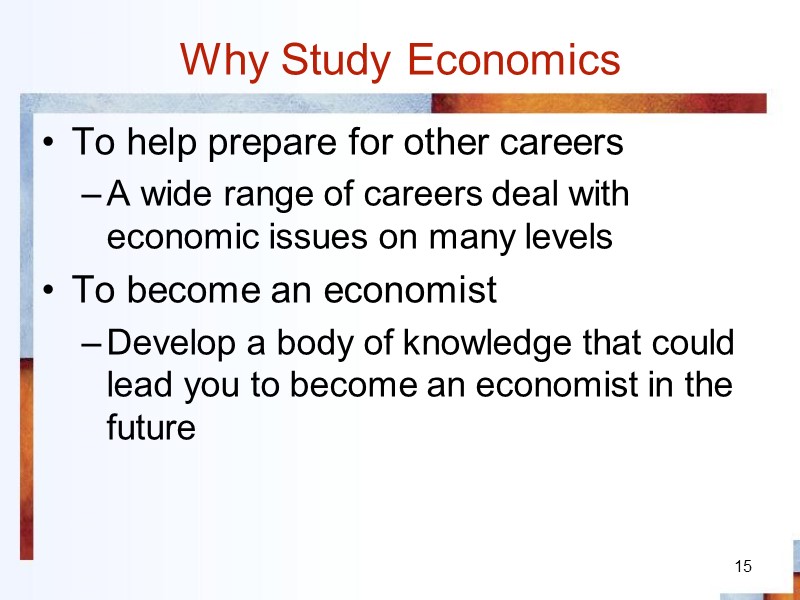
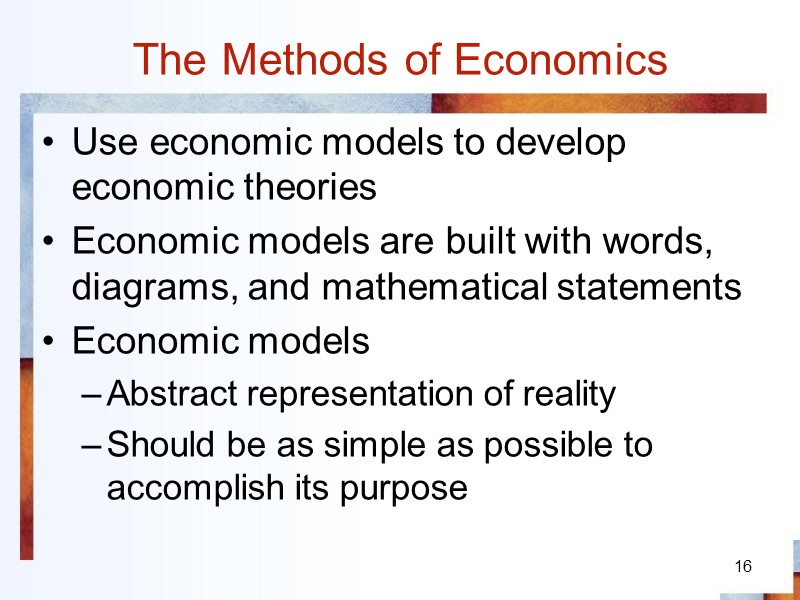
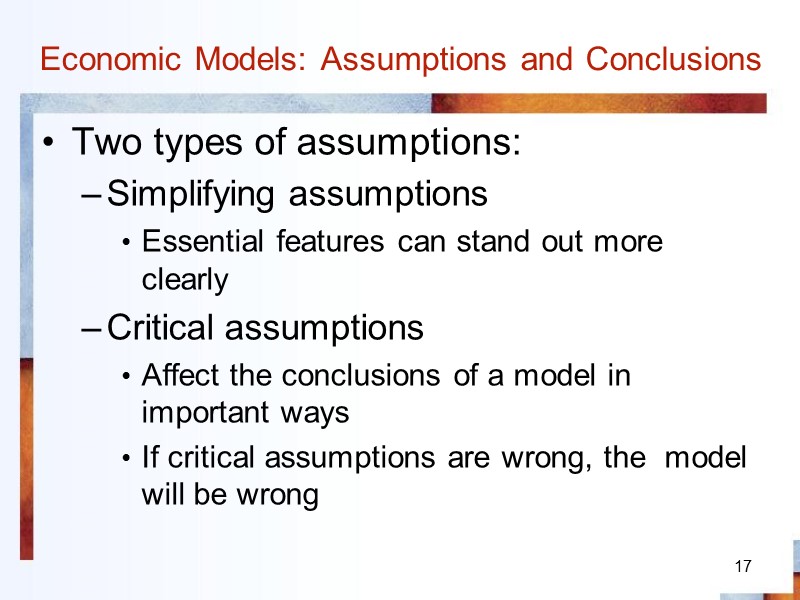
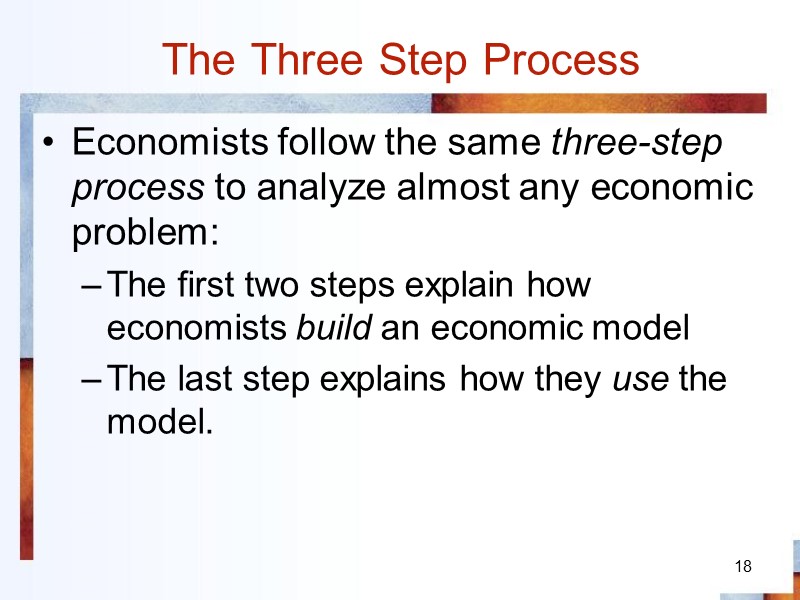
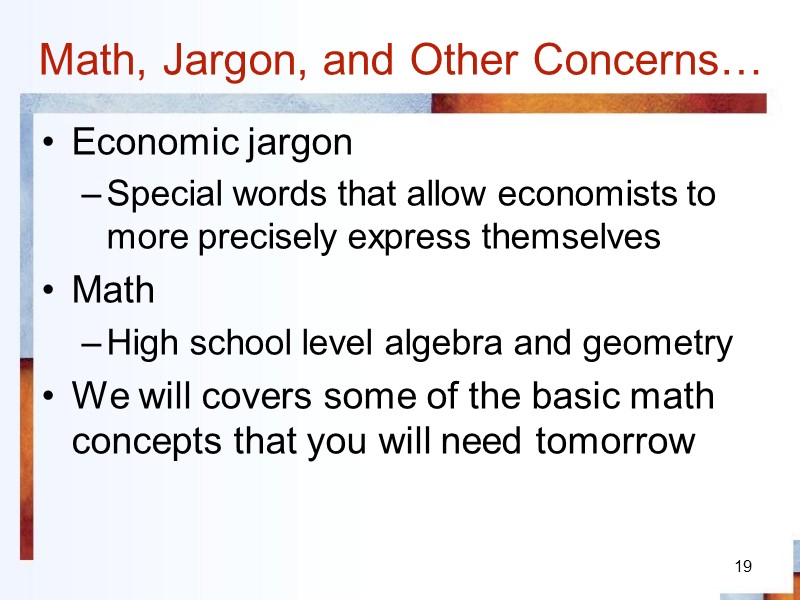
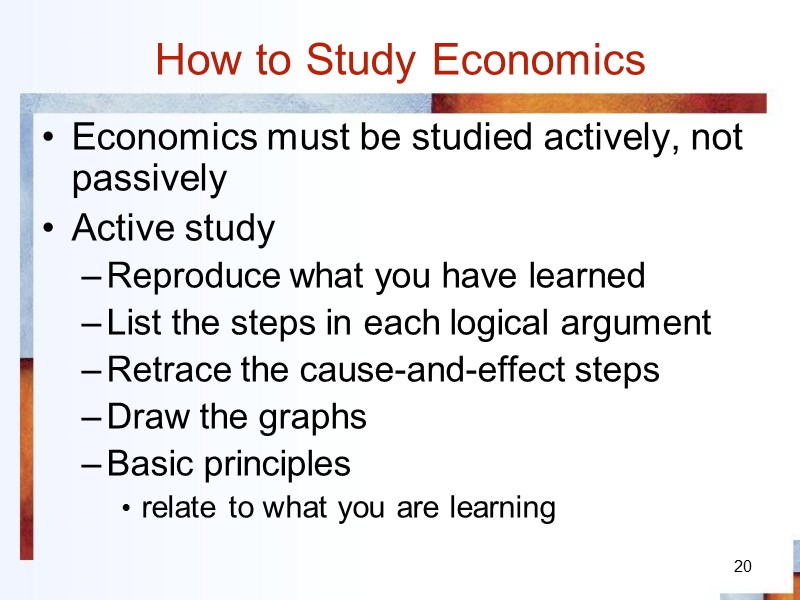
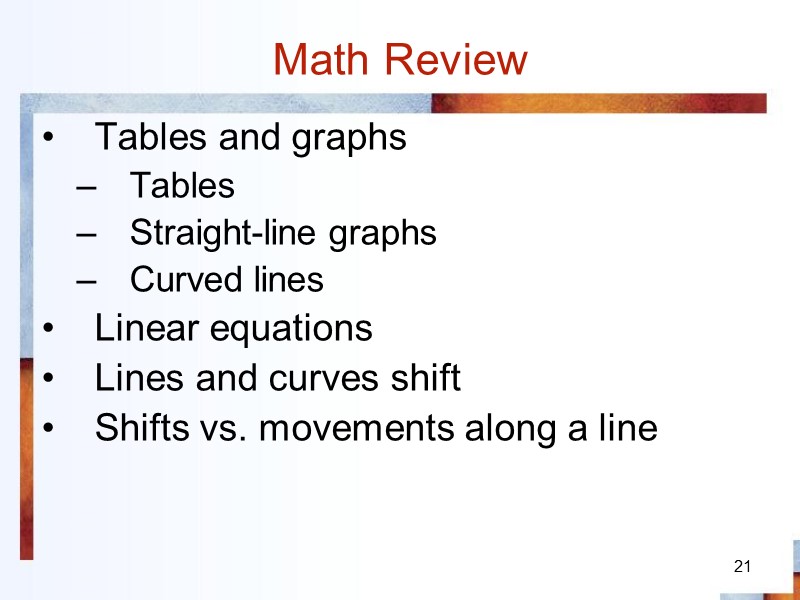
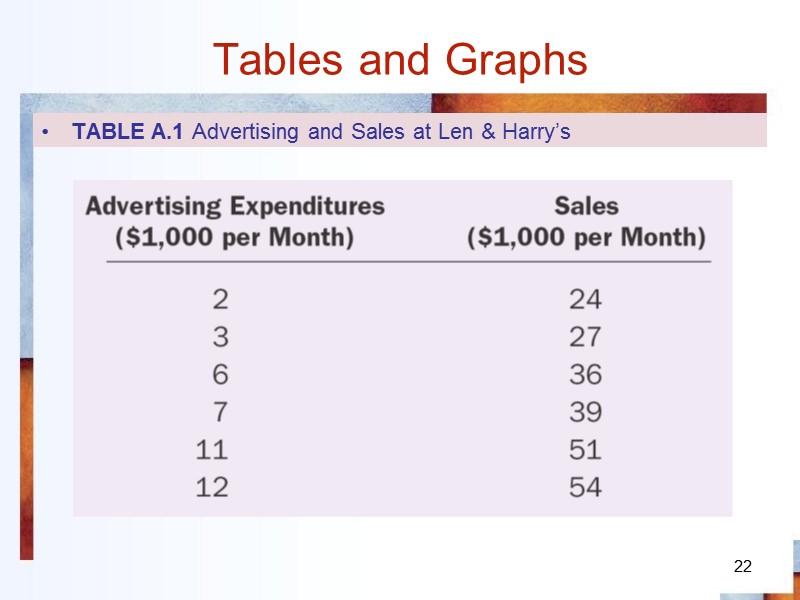
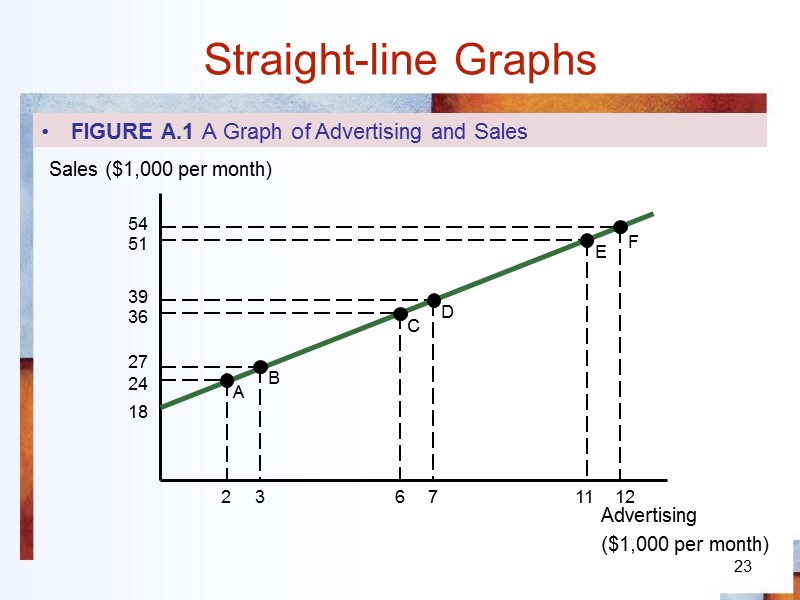
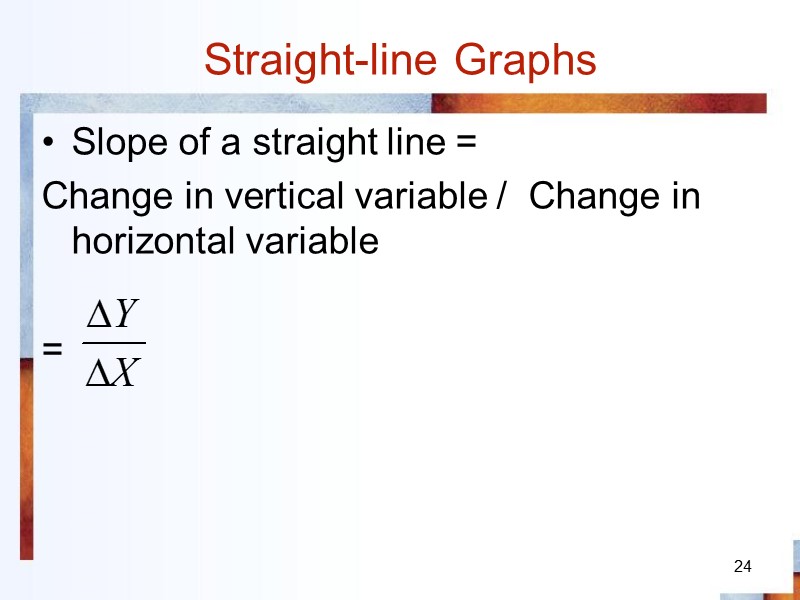
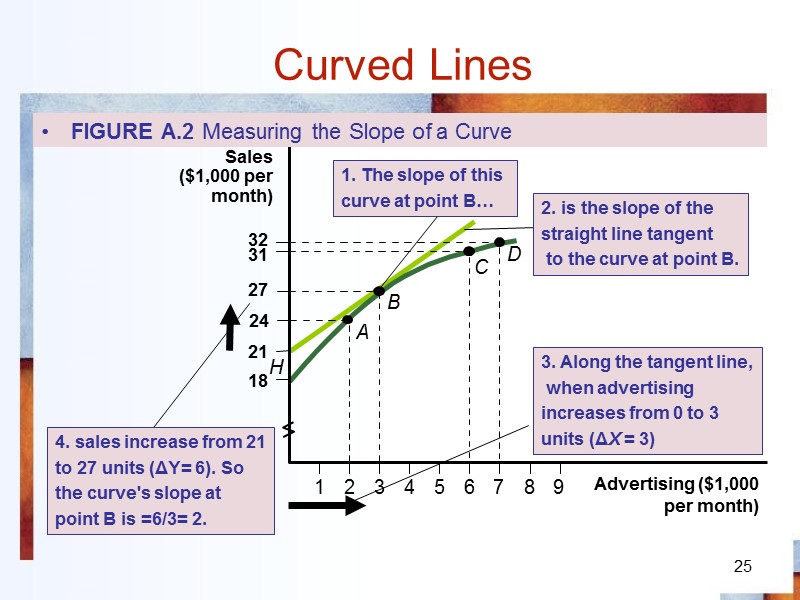
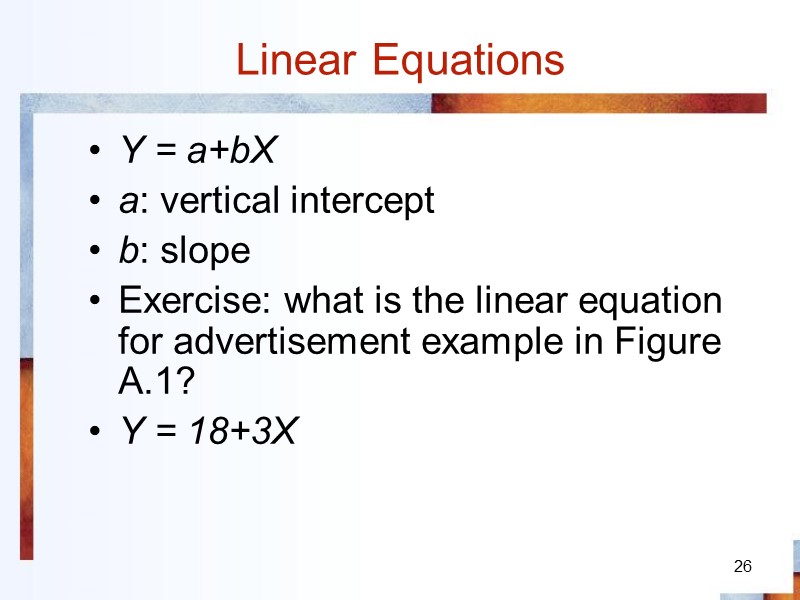
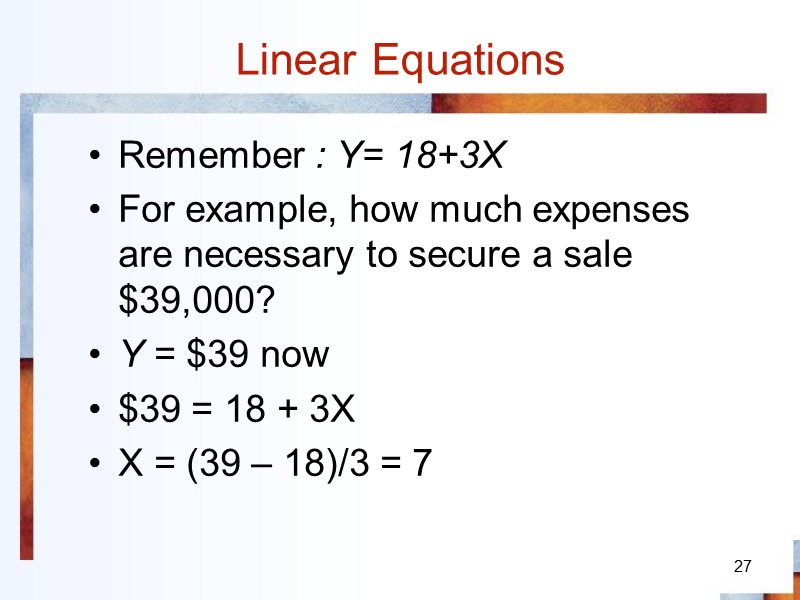
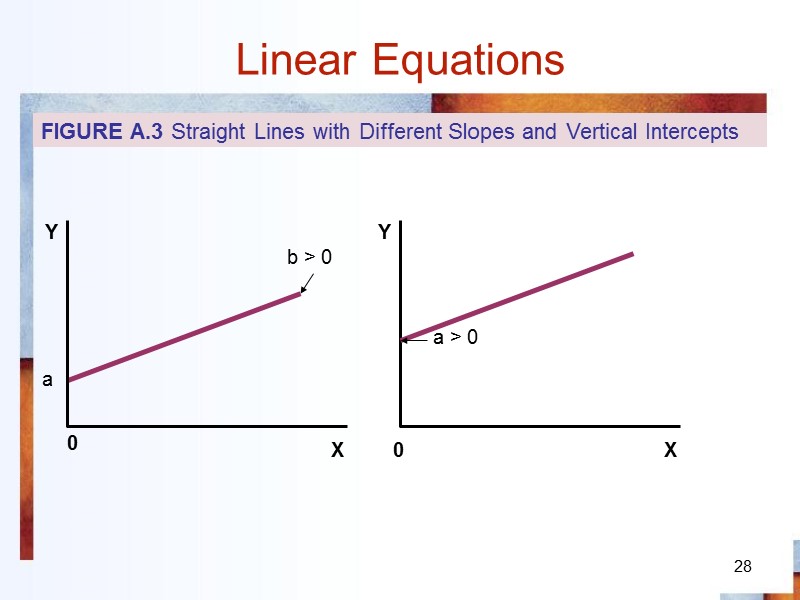
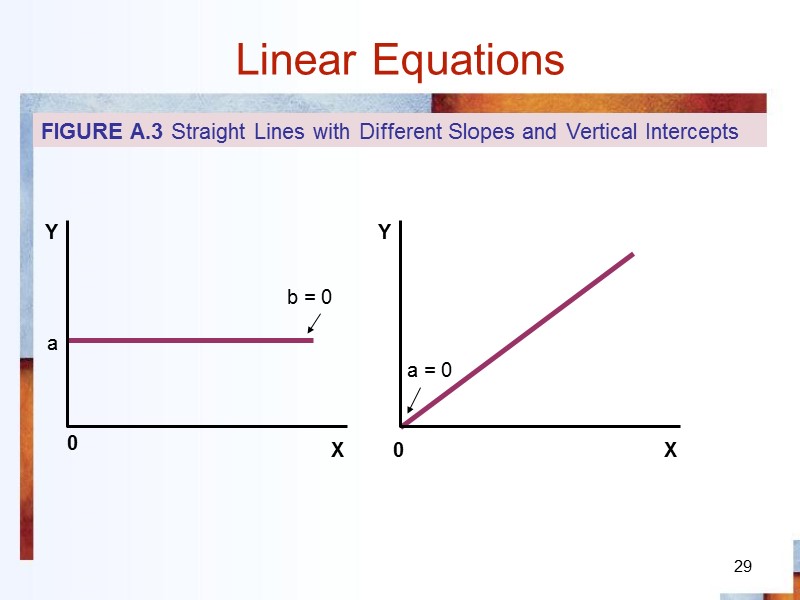
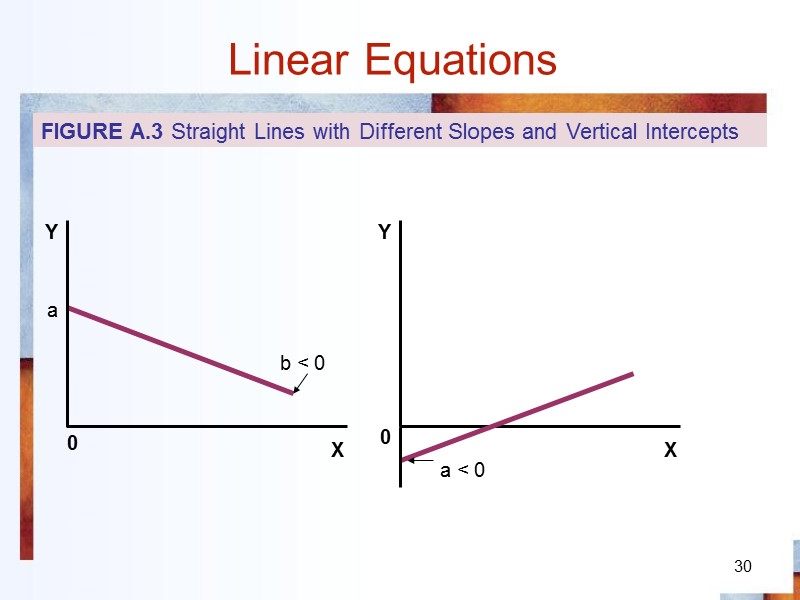
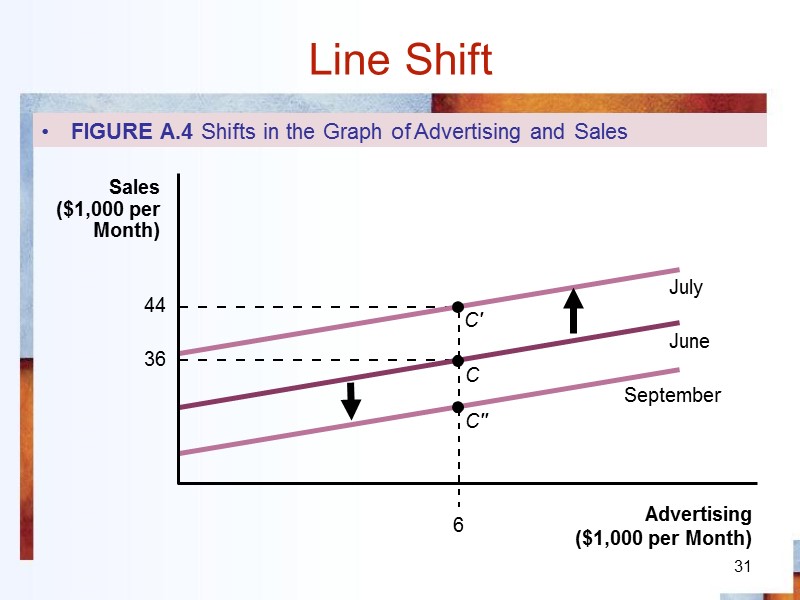
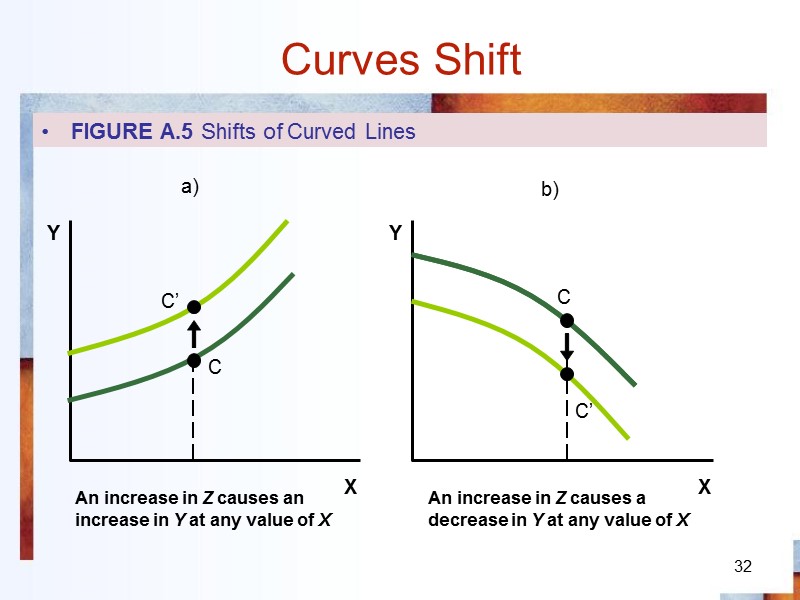
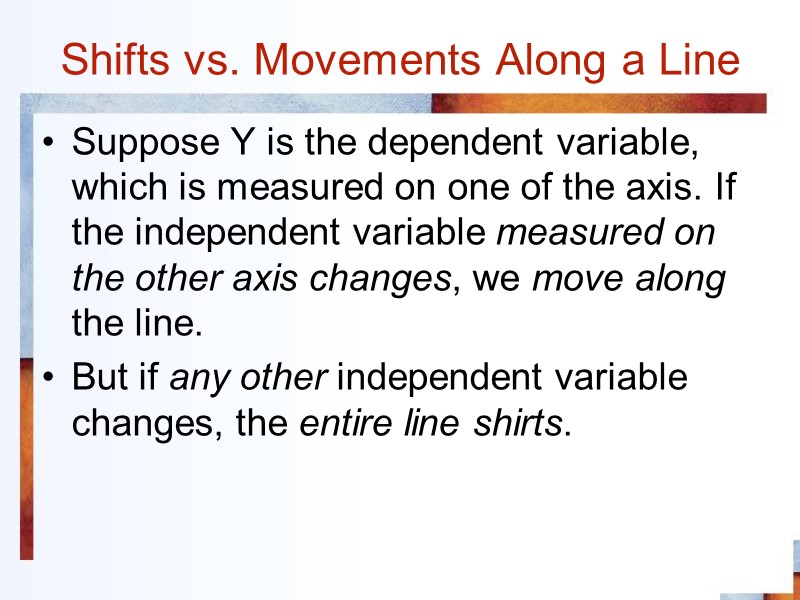
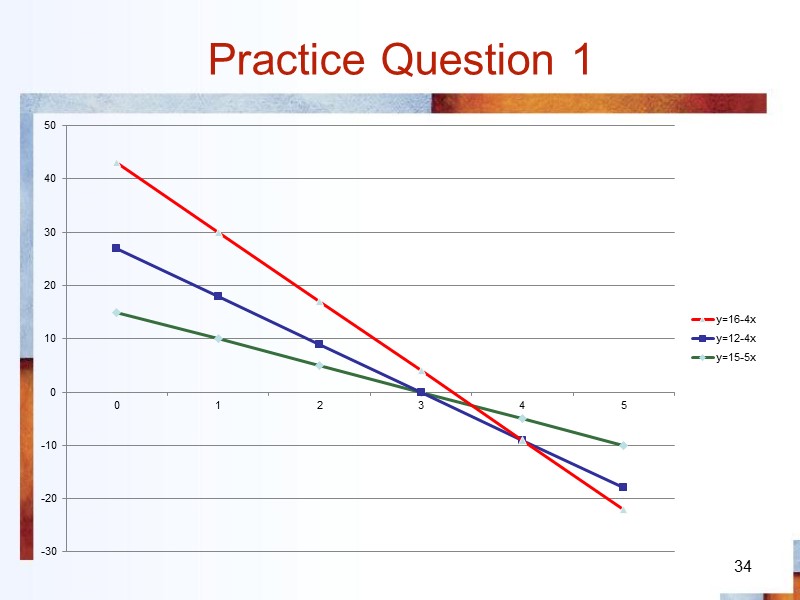
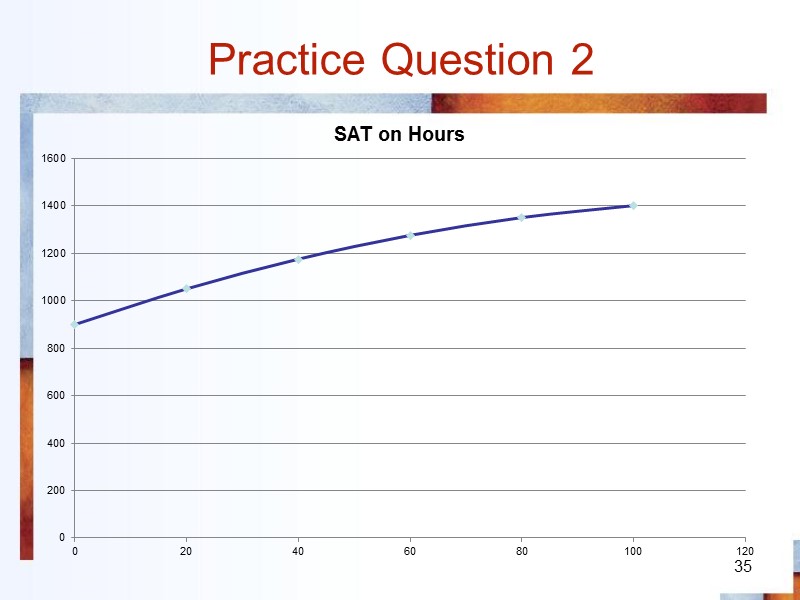
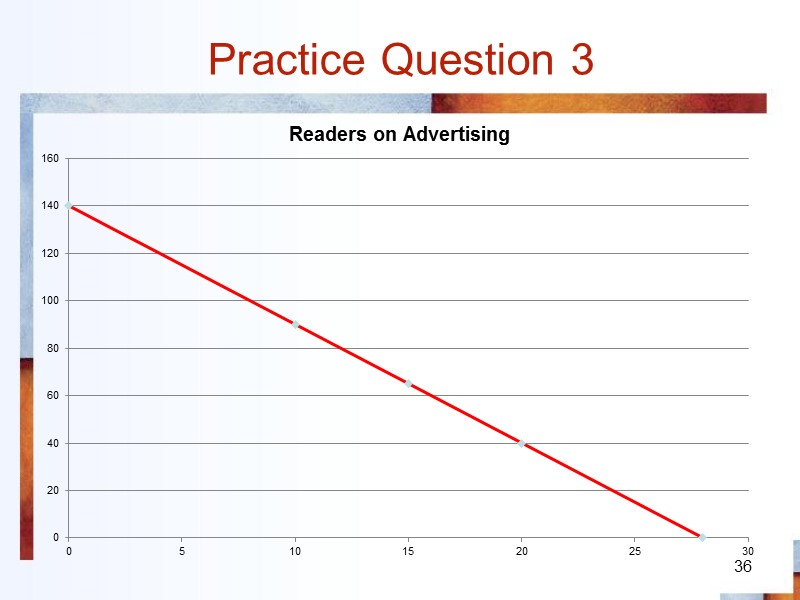
31144-models_in_economics.ppt
- Количество слайдов: 36

 Chapter 1 What is Economics ?
Chapter 1 What is Economics ?
 Overview What is economics? Definition, scarcity, and choice The world of economics Micro vs. Macro Positive vs. Normative Why and how to study economics The methods of economics Math review 3
Overview What is economics? Definition, scarcity, and choice The world of economics Micro vs. Macro Positive vs. Normative Why and how to study economics The methods of economics Math review 3
 4 Economics, Scarcity, and Choice Economics Study of choice under conditions of scarcity Scarcity Situation in which the amount of something available is insufficient to satisfy the desire for it
4 Economics, Scarcity, and Choice Economics Study of choice under conditions of scarcity Scarcity Situation in which the amount of something available is insufficient to satisfy the desire for it
 5 Scarcity and Individual Choice Unlimited variety of scarcities, based on two basic limitations: Scarce time Limited number of hours in each day to satisfy our desires Scarce spending power Cannot afford to buy more of the things we want
5 Scarcity and Individual Choice Unlimited variety of scarcities, based on two basic limitations: Scarce time Limited number of hours in each day to satisfy our desires Scarce spending power Cannot afford to buy more of the things we want
 6 Scarcity and Individual Choice Limitations force each of us to make choices Economists study Choices Consequences of those choices Indirect effects of individual choice on our society
6 Scarcity and Individual Choice Limitations force each of us to make choices Economists study Choices Consequences of those choices Indirect effects of individual choice on our society
 7 Scarcity and Social Choice Society faces a scarcity of resources Categories of resources: Labor Capital Human capital Capital stock Land/natural resources Entrepreneurship
7 Scarcity and Social Choice Society faces a scarcity of resources Categories of resources: Labor Capital Human capital Capital stock Land/natural resources Entrepreneurship
 8 Scarcity and Economics Problems studied in economics: the scarcity of resources—and the choices it forces us to make Households – have limited income to allocate among goods and services Firms – production is limited by costs of production Government agencies – the budget is limited, so goals must be carefully chosen
8 Scarcity and Economics Problems studied in economics: the scarcity of resources—and the choices it forces us to make Households – have limited income to allocate among goods and services Firms – production is limited by costs of production Government agencies – the budget is limited, so goals must be carefully chosen
 9 Scarcity and Economics Economists study the decisions made by households, firms, and governments to Explain how our economic system operates Forecast the future of our economy, Suggest ways to make that future even better
9 Scarcity and Economics Economists study the decisions made by households, firms, and governments to Explain how our economic system operates Forecast the future of our economy, Suggest ways to make that future even better
 10 Microeconomics Micro comes from the Greek word mikros, meaning “small” Studies the behavior of individual households, firms, and governments Choices they make Interaction in specific markets Focuses on individual parts of an economy
10 Microeconomics Micro comes from the Greek word mikros, meaning “small” Studies the behavior of individual households, firms, and governments Choices they make Interaction in specific markets Focuses on individual parts of an economy
 11 Macroeconomics Macro comes from the Greek word makros, meaning “large” Studies the behavior of the overall economy Focuses on big picture and ignores fine details
11 Macroeconomics Macro comes from the Greek word makros, meaning “large” Studies the behavior of the overall economy Focuses on big picture and ignores fine details
 12 Positive and Normative Economics Positive economics: how the economy works Can be true or false Can be tested by looking at the facts Normative economics: what should be Value judgments, identify problems, and prescribe solutions Cannot be proved or disproved by the facts alone
12 Positive and Normative Economics Positive economics: how the economy works Can be true or false Can be tested by looking at the facts Normative economics: what should be Value judgments, identify problems, and prescribe solutions Cannot be proved or disproved by the facts alone
 13 Why Economists Disagree The difference of opinion may be positive in nature Facts are being disputed The disagreement can be normative Facts are not being disputed When economists have different values, they may arrive to different conclusions Disagreement - over goals and values
13 Why Economists Disagree The difference of opinion may be positive in nature Facts are being disputed The disagreement can be normative Facts are not being disputed When economists have different values, they may arrive to different conclusions Disagreement - over goals and values
 14 Why Study Economics To understand the world better Global events and personal phenomena To achieve social change Understand the origins of social problems Design more effective solutions
14 Why Study Economics To understand the world better Global events and personal phenomena To achieve social change Understand the origins of social problems Design more effective solutions
 15 Why Study Economics To help prepare for other careers A wide range of careers deal with economic issues on many levels To become an economist Develop a body of knowledge that could lead you to become an economist in the future
15 Why Study Economics To help prepare for other careers A wide range of careers deal with economic issues on many levels To become an economist Develop a body of knowledge that could lead you to become an economist in the future
 16 The Methods of Economics Use economic models to develop economic theories Economic models are built with words, diagrams, and mathematical statements Economic models Abstract representation of reality Should be as simple as possible to accomplish its purpose
16 The Methods of Economics Use economic models to develop economic theories Economic models are built with words, diagrams, and mathematical statements Economic models Abstract representation of reality Should be as simple as possible to accomplish its purpose
 17 Economic Models: Assumptions and Conclusions Two types of assumptions: Simplifying assumptions Essential features can stand out more clearly Critical assumptions Affect the conclusions of a model in important ways If critical assumptions are wrong, the model will be wrong
17 Economic Models: Assumptions and Conclusions Two types of assumptions: Simplifying assumptions Essential features can stand out more clearly Critical assumptions Affect the conclusions of a model in important ways If critical assumptions are wrong, the model will be wrong
 18 The Three Step Process Economists follow the same three-step process to analyze almost any economic problem: The first two steps explain how economists build an economic model The last step explains how they use the model.
18 The Three Step Process Economists follow the same three-step process to analyze almost any economic problem: The first two steps explain how economists build an economic model The last step explains how they use the model.
 19 Math, Jargon, and Other Concerns… Economic jargon Special words that allow economists to more precisely express themselves Math High school level algebra and geometry We will covers some of the basic math concepts that you will need tomorrow
19 Math, Jargon, and Other Concerns… Economic jargon Special words that allow economists to more precisely express themselves Math High school level algebra and geometry We will covers some of the basic math concepts that you will need tomorrow
 20 How to Study Economics Economics must be studied actively, not passively Active study Reproduce what you have learned List the steps in each logical argument Retrace the cause-and-effect steps Draw the graphs Basic principles relate to what you are learning
20 How to Study Economics Economics must be studied actively, not passively Active study Reproduce what you have learned List the steps in each logical argument Retrace the cause-and-effect steps Draw the graphs Basic principles relate to what you are learning
 Math Review 21 Tables and graphs Tables Straight-line graphs Curved lines Linear equations Lines and curves shift Shifts vs. movements along a line
Math Review 21 Tables and graphs Tables Straight-line graphs Curved lines Linear equations Lines and curves shift Shifts vs. movements along a line
 22 Tables and Graphs TABLE A.1 Advertising and Sales at Len & Harry’s
22 Tables and Graphs TABLE A.1 Advertising and Sales at Len & Harry’s
 23 Straight-line Graphs FIGURE A.1 A Graph of Advertising and Sales Advertising ($1,000 per month) Sales ($1,000 per month) A B C D E F 2 3 6 7 11 12 24 54 51 39 36 27 18
23 Straight-line Graphs FIGURE A.1 A Graph of Advertising and Sales Advertising ($1,000 per month) Sales ($1,000 per month) A B C D E F 2 3 6 7 11 12 24 54 51 39 36 27 18
 Straight-line Graphs Slope of a straight line = Change in vertical variable / Change in horizontal variable = 24
Straight-line Graphs Slope of a straight line = Change in vertical variable / Change in horizontal variable = 24
 25 Curved Lines FIGURE A.2 Measuring the Slope of a Curve 1. The slope of this curve at point B… 2. is the slope of the straight line tangent to the curve at point B. 3. Along the tangent line, when advertising increases from 0 to 3 units (ΔX = 3) 4. sales increase from 21 to 27 units (ΔY= 6). So the curve's slope at point B is =6/3= 2.
25 Curved Lines FIGURE A.2 Measuring the Slope of a Curve 1. The slope of this curve at point B… 2. is the slope of the straight line tangent to the curve at point B. 3. Along the tangent line, when advertising increases from 0 to 3 units (ΔX = 3) 4. sales increase from 21 to 27 units (ΔY= 6). So the curve's slope at point B is =6/3= 2.
 Linear Equations 26 Y = a+bX a: vertical intercept b: slope Exercise: what is the linear equation for advertisement example in Figure A.1? Y = 18+3X
Linear Equations 26 Y = a+bX a: vertical intercept b: slope Exercise: what is the linear equation for advertisement example in Figure A.1? Y = 18+3X
 Linear Equations 27 Remember : Y= 18+3X For example, how much expenses are necessary to secure a sale $39,000? Y = $39 now $39 = 18 + 3X X = (39 – 18)/3 = 7
Linear Equations 27 Remember : Y= 18+3X For example, how much expenses are necessary to secure a sale $39,000? Y = $39 now $39 = 18 + 3X X = (39 – 18)/3 = 7
 28 Linear Equations 0 a b > 0 0 a > 0 FIGURE A.3 Straight Lines with Different Slopes and Vertical Intercepts
28 Linear Equations 0 a b > 0 0 a > 0 FIGURE A.3 Straight Lines with Different Slopes and Vertical Intercepts
 29 Linear Equations 0 a b = 0 0 a = 0 FIGURE A.3 Straight Lines with Different Slopes and Vertical Intercepts
29 Linear Equations 0 a b = 0 0 a = 0 FIGURE A.3 Straight Lines with Different Slopes and Vertical Intercepts
 30 Linear Equations 0 a b < 0 0 a < 0 FIGURE A.3 Straight Lines with Different Slopes and Vertical Intercepts
30 Linear Equations 0 a b < 0 0 a < 0 FIGURE A.3 Straight Lines with Different Slopes and Vertical Intercepts
 31 6 36 C'' C' C July September June 44 Line Shift FIGURE A.4 Shifts in the Graph of Advertising and Sales
31 6 36 C'' C' C July September June 44 Line Shift FIGURE A.4 Shifts in the Graph of Advertising and Sales
 32 Curves Shift FIGURE A.5 Shifts of Curved Lines An increase in Z causes an increase in Y at any value of X An increase in Z causes a decrease in Y at any value of X C C’ C’ C a) b)
32 Curves Shift FIGURE A.5 Shifts of Curved Lines An increase in Z causes an increase in Y at any value of X An increase in Z causes a decrease in Y at any value of X C C’ C’ C a) b)
 Shifts vs. Movements Along a Line Suppose Y is the dependent variable, which is measured on one of the axis. If the independent variable measured on the other axis changes, we move along the line. But if any other independent variable changes, the entire line shirts.
Shifts vs. Movements Along a Line Suppose Y is the dependent variable, which is measured on one of the axis. If the independent variable measured on the other axis changes, we move along the line. But if any other independent variable changes, the entire line shirts.
 Practice Question 1 34
Practice Question 1 34
 Practice Question 2 35
Practice Question 2 35
 Practice Question 3 36
Practice Question 3 36
